The English Civil War: A People’s History
£9.70£14.20 (-32%)
This popular history of the English Civil War tells the story of the bloody conflict between Oliver Cromwell and Charles I from the perspectives of those involved.
The compelling narrative draws on new sources such as letters, memoirs, ballads and plays to bring to life the Roundheads and Cavaliers, the foot soldiers, war widows and witchfinders of one of the most significant turning points in British history, culminating in Oliver Cromwell s triumph and the execution of Charles I.
By blending the political and the personal, Diane Purkiss illuminates both the ideologies behind the English Civil War and the fears of those who fought in it; the men who were destroyed by the conflict and those, such as Oliver Cromwell, who were defined by it.
Read more
Additional information
| Publisher | Perennial (5 Feb. 2007) |
|---|---|
| Language | English |
| Paperback | 674 pages |
| ISBN-10 | 0007150628 |
| ISBN-13 | 978-0007150625 |
| Dimensions | 13 x 4.42 x 19.71 cm |

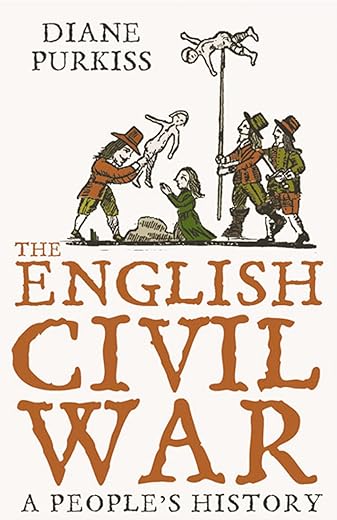
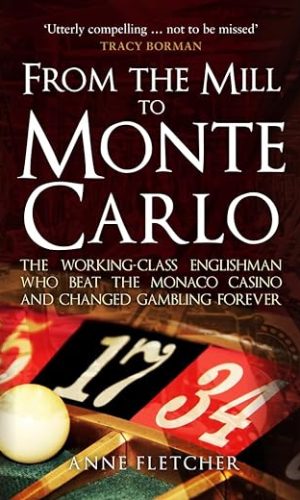
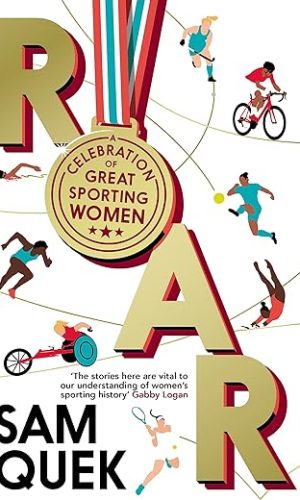
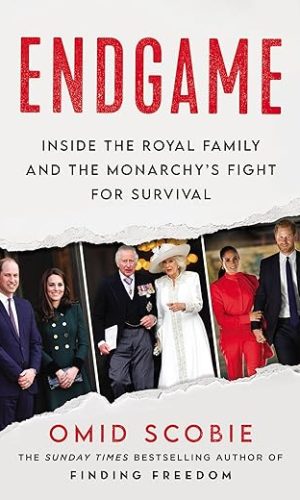
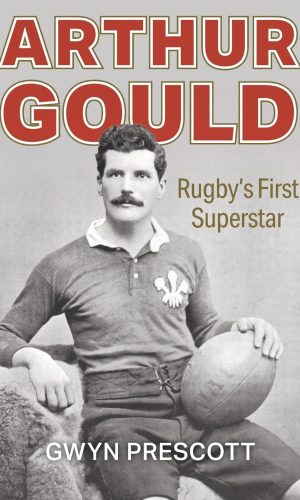
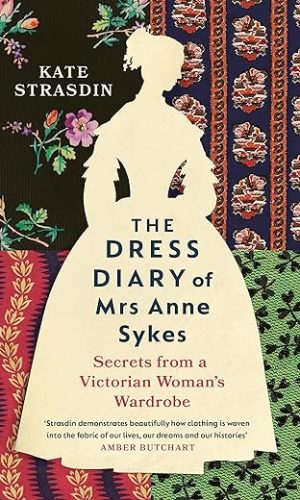
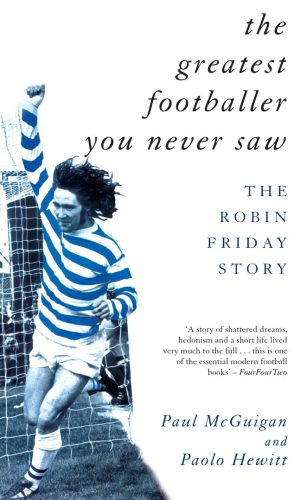
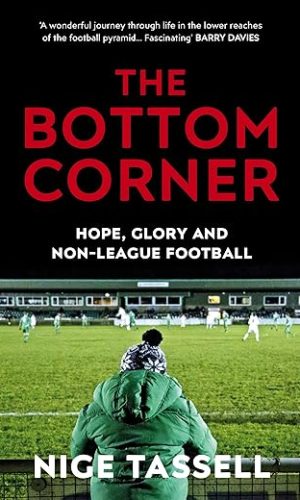

by C. Cor
This book explains the lives of those who lived through these dramatic wars, and the impact of war them as intended. However it fails to explain properly explain or mention lot of important details about this crucial period. This is a book best served for a general, non-academic reader of history once they already know what happens by reading some other book.
There are a multitude of factors to why the English Civil War broke out, and Purkiss does not give them justice. Whilst this book covers the religious foreground rather well, it doesn’t explain the non-religious reasons well enough. It fails to explain the idea of Charles I’s personal rule without parliament in enough detail. It fails to mention what the Thirty Years War did to Charles I’s reputation. These are things which a respectable 670 page history of the English Civil War should certainly mention.
The book captures well the impact that the war had on the citizens of England, but did little to explain the actual war itself. About a paragraph or so in this book is dedicated to the general strategic intentions of both sides, only to say that she disagrees with the idea that there was a general plan. She then fails to explain in detail why. To the first time readers of the English Civil Wars, this would give an only a minimal sense of how the war took place.
It is disappointing as well that she talks about writing about the lives of everyday people, and waxes lyrical about the impact that the printing press had on society, without talking about reading and the printing press in society in much depth. Purkiss mentions how the printing culture had a dynamic effect on the transmission of news and opinion, but fails to discuss literacy rates (perhaps 90% of the working poor were illiterate), or how Parliament brought forth a free press. She also does not go into much detail about what reading culture looked like in the 17th century, which is disappointing as there has been much research into this area.
The fatal error of the book is omission. If you are looking to learn about the English Civil Wars for the first time, I would strongly suggest to avoid this. However, if the premise of the book looks appealing to you, and you are familiar with this period, then this book might be good for you. It is written in an easily digestible literacy style.
by Charles Vasey
I have been reading about the English Civil War since the Seventies, and have designed a number of games on the topic, yet still there is more to learn. Diane Purkiss provides exactly what a reader like me needs; new perspectives.
The book has a number of very useful features. Firstly, a slantendicular look at some of the features of the war that escape me when I proceed through a political, military, or narrative history. Secondly, she has a concentration (though not an exclusive concentration) on some of the lesser known participants, especially those upon whose lives the war greatly impinged; the toads beneath the harrow, rather than the young lords or the marching sectaries. Thirdly, she brings a penchant for “bottom up” history so that, for example, the confusion of a battle is made manifest by seeing it from many ranks below general, though, in fairness, it was probably much the same for the general.
The use of female witnesses to piece out the interstices of history was particularly effective, and executed in a way that allowed these redoubtable ladies to biff their way out of the narrow confines of Women’s Studies to take their true place. I very much enjoyed knowing where our heroines and heroes ended after the war; especially the arch-Digger Gerrard Winstanley.
However, the book depends (as do most such temoinages) if it is to be a coherent whole on the reader having the armature of the topic firmly located in their heads. Those of you who find the details of the 17th century tending to move beneath your feet or are freshly arrived at this exciting period will find Dame Cicely Wedgwood’s books “The King’s Peace” and “The King’s War” a better starting place. One can still greatly enjoy this book as a box of historical chocolates, dipping in at random, but you will enjoy it even more when the background of events is clear. There is a little of Galsworthy in the good doctor.
Thoroughly recommended.
by Emerald Fox
I became interested in the Civil War whilst planning across a trip to Scotland 3 years ago and coming across the book “Montrose – Cavalier in Mourning” – since then I have read other books about Montrose (James Graham) and these lead south to the War in England. Reading Purkiss’s book at the moment, 90% through… I would recommend it, one of those ‘hard to put down’ books and always eager to pick it up again.
As far as facts go, you have to use your own judgement. I intend to make a calendar on paper from 1640 to 1650 and begin to jot down when what event occurred and build up for myself a picture – and then perhaps write my own essay on The Civil War. I will certainly run through Purkiss’s book again to help me fill in this calendar.
I started this book by reading the chapters about the battles, then about Charles I and then Cromwell, then starting from the beginning (and jumping the chapters I’d already read).
The English Civil War seems similar to the Chinese ‘Cultural Revolution’, a kind of mass madness – humans killing humans just for the fun of it – is there a worse or crueller animal?! Perhaps nature’s way of saying the population is too large and pruning the numbers cleans up the gene pool, survival of the fittest?! Anyway, reading the book makes one appreciate living in “today’s world” (in Britain at least, they’re still at it in places like Nigeria & Somalia) and that for food all yer need to do is to pop down to Sainsburys…!
Buy the book – if you don’t like it, someone else will be happy to get it for Christmas 😉